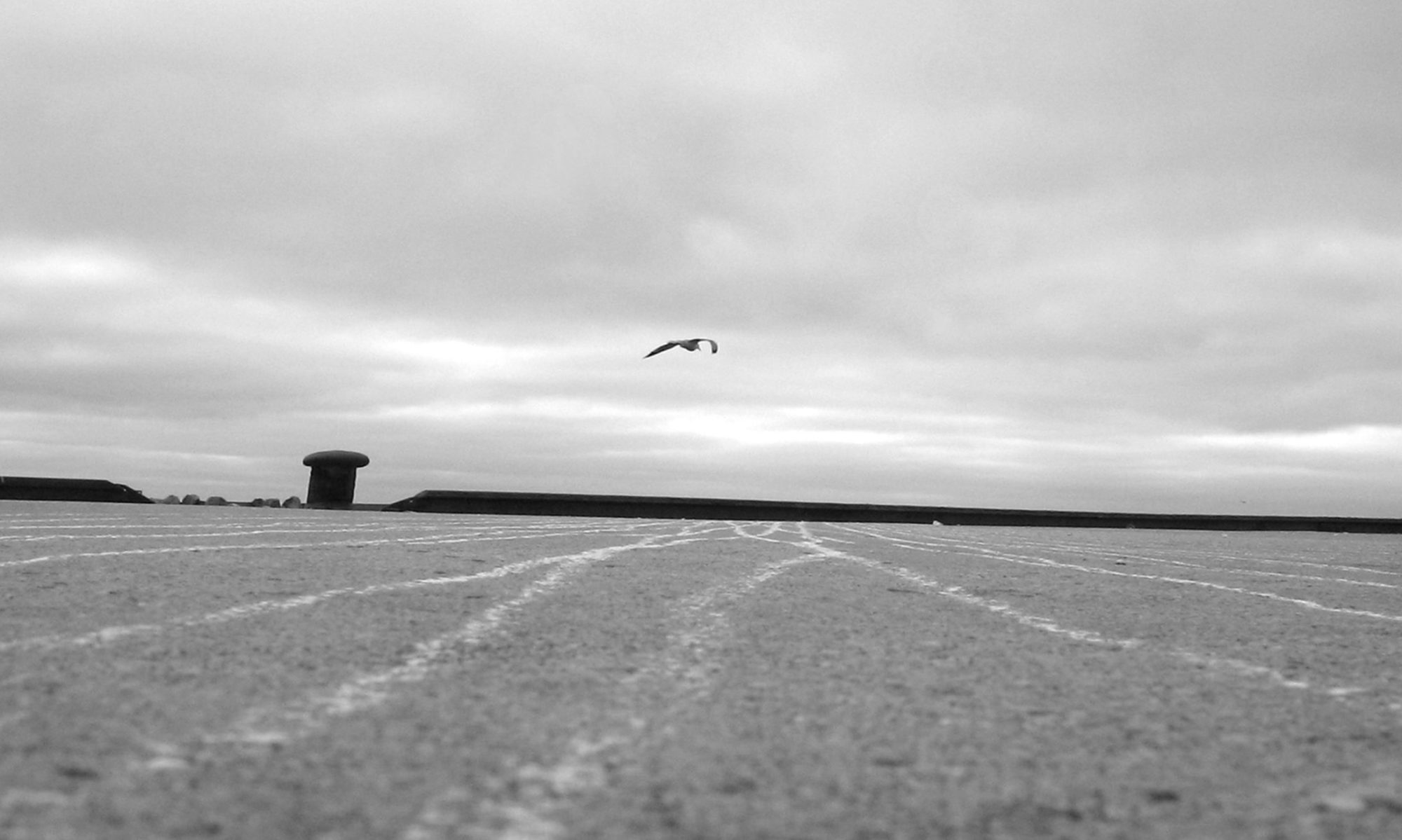„The island is a land-born or supramarine section of the divergent plate margins, otherwise only evident as the submarine North-Atlantic Ridge. (…) The Mid-Atlantic Ridge measures 14 000 -15 000 km in length and forms a broad threshold which runs the length of the sea floor from the Arctic Ocean southwards past Africa. The ridge is formed by the accumulation of eruptive material and the drifting of the plates which float on top of a plastic (mobile) layer in the earth’s mantle. They support continents in the east (Europe, Asia and Africa) and the west (South and North America). (…) On dry land the plate margin runs northeast (…). Just to the east of the axial rift lies the centre of the Iceland hot spot, which has long been active in the North Atlantic. It is actually the top of a mantle plume of upwelling ductile rock which is somewhat hotter than the mantle rock found within the mobile and relatively light mass that rises along the entire length of the ridge rifting zones, including Iceland. Where the hot spot and plate margin coincide, the production of magma and resultant crustal aggregation is so great that eruptive rock has created a large island: a kind of thickening of the crust.“
“Living Earth – Outline of the Geology of Iceland”, Ari Trausti Gumunðsson, Reykjavik 2013, first edition 2007, page 9ff
